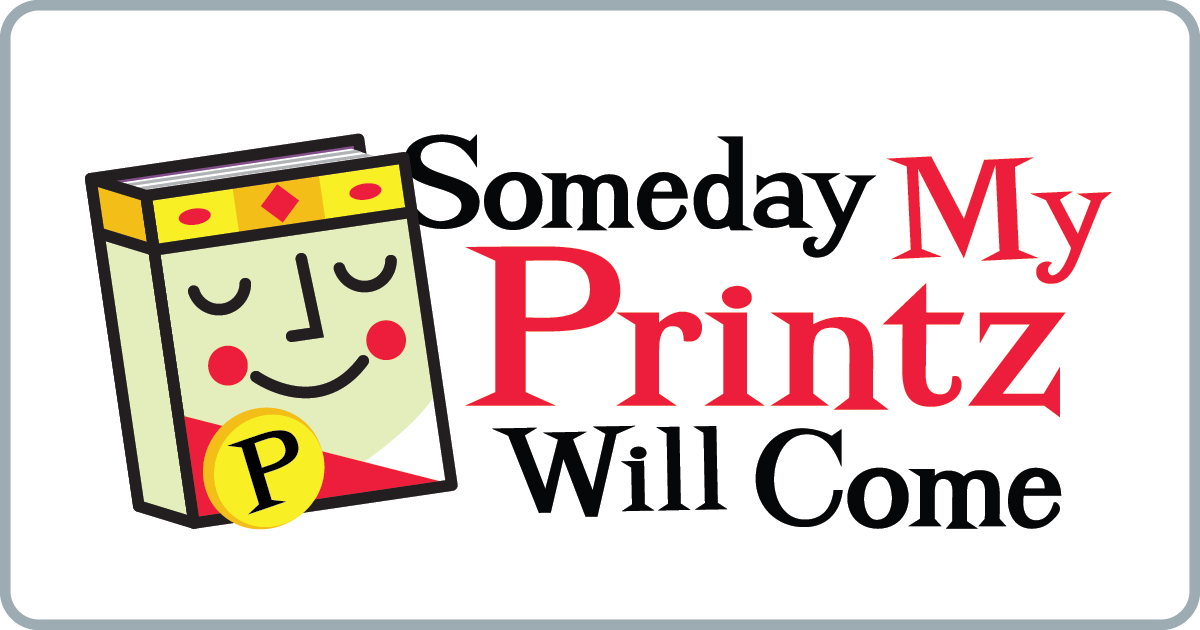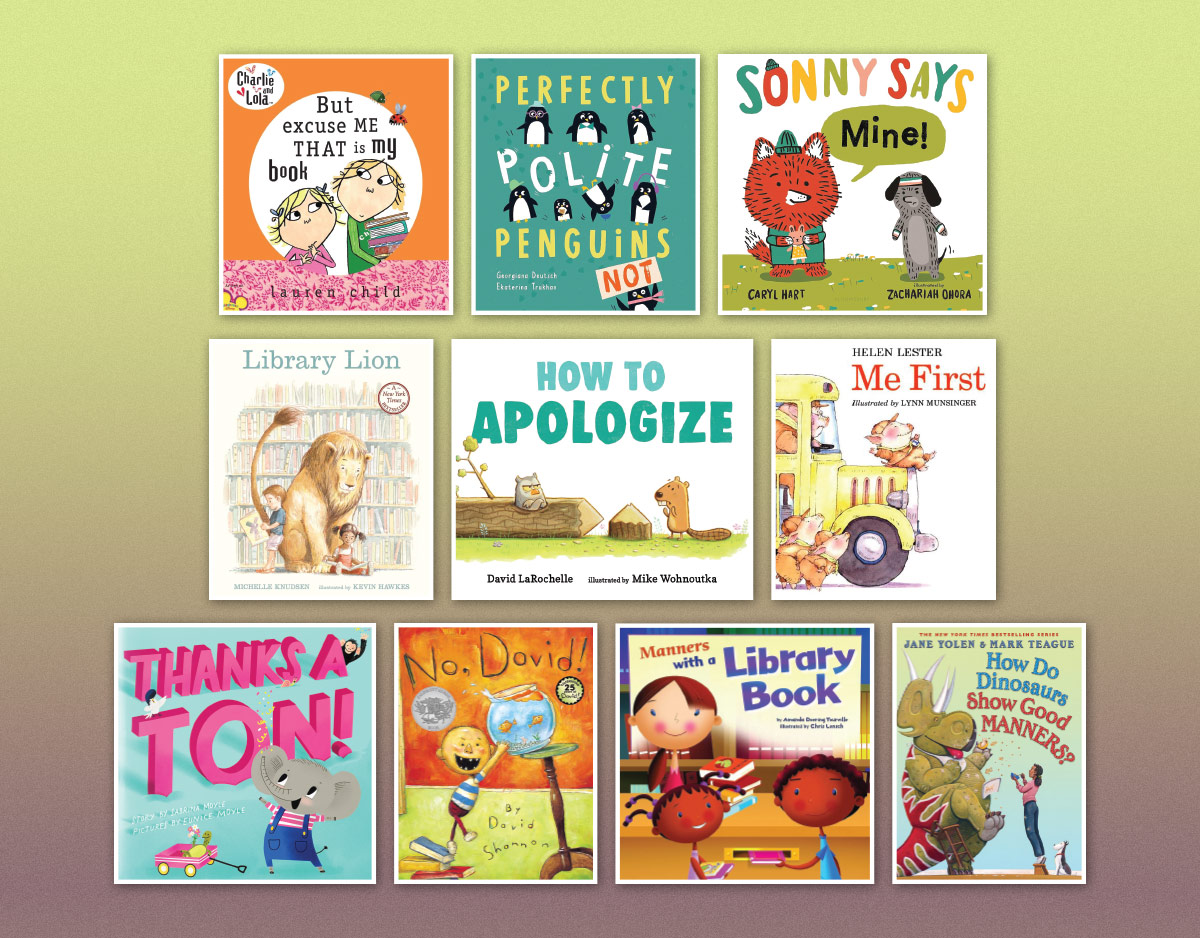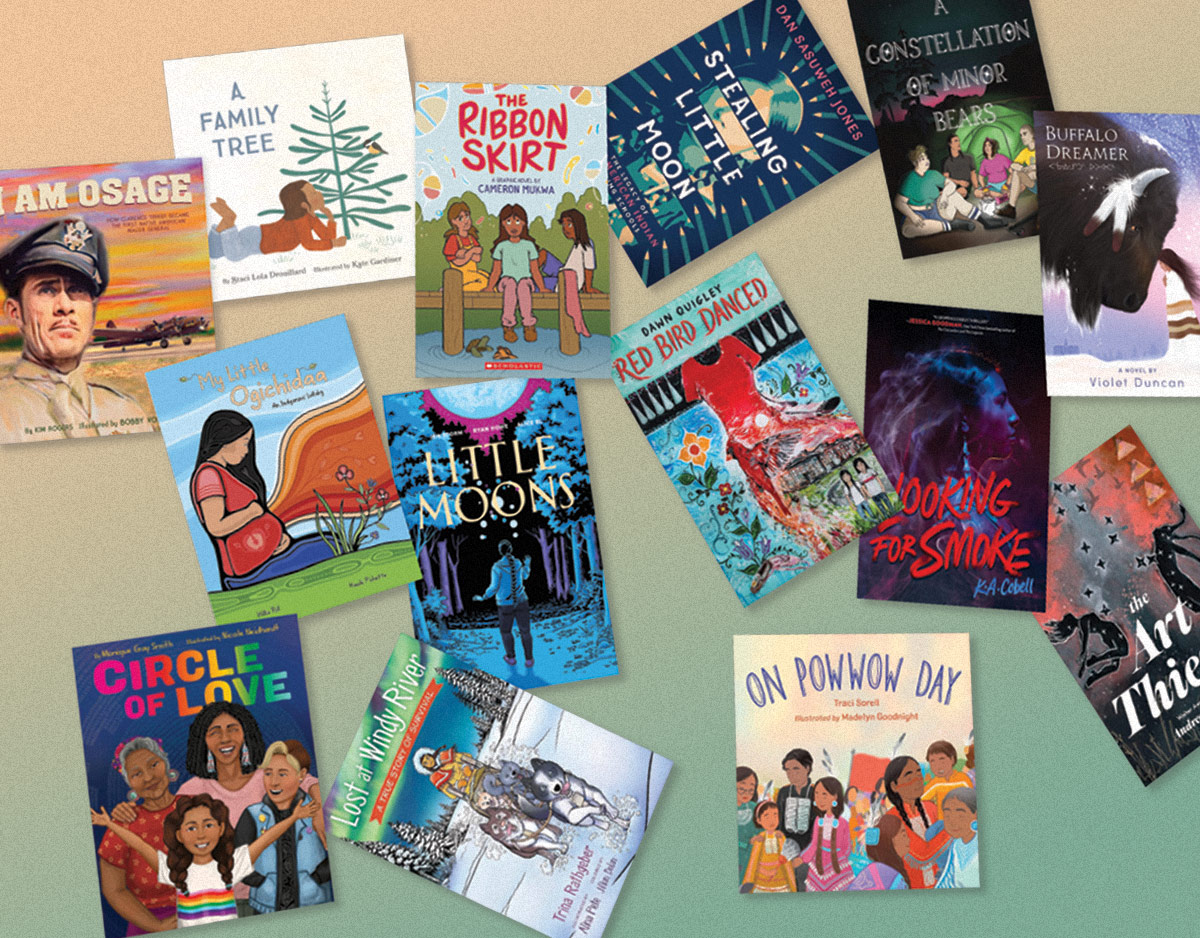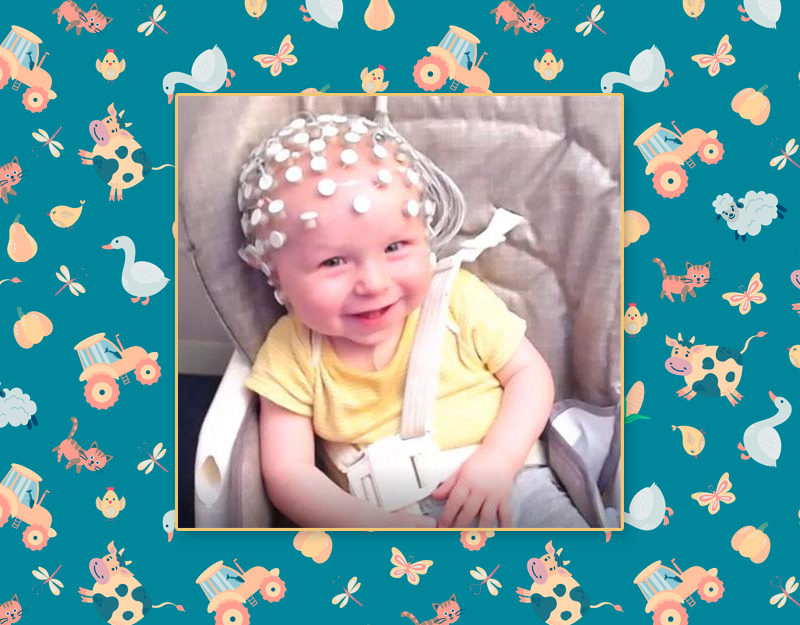SCROLL DOWN TO READ THE POST
The Radiant Road
 The Radiant Road, Katherine Catmull
The Radiant Road, Katherine Catmull
Dutton, January 2016
Reviewed from final e-book
I mentioned last week that each of us has to assess excellence for ourselves, as well as coming to consensus when it comes time to pick a winner (or, for us, Pyrite winner).
For me, excellence is deeply tied to language. I was an English major; I’ve been know to read poetry for fun. I love puns. It doesn’t have to be highfalutin’, but show me real skill manipulating language and I’m likely to be lined up reaching for that book with both hands.
ADVERTISEMENT
ADVERTISEMENT
So no surprise, my second book this season once again is one that hits it out of the park when it comes to pure old-fashioned word-smithing.
Catmull’s YA debut is a lovely gem. It’s thoroughly original but it stands on the backs of giants: the folk- and fairy-lore of the British Isles, especially Ireland. There’s a fairy-built house, the host of the air, the Hunt, and many other details that readers like me will find reassuringly familiar, delivered in a way that I think would work just as well for an audience who can’t say fairy (or faerie, for that matter) without giggling, much like the kids who bullied Clare out of believing.
Plot-wise, what sets this apart from the many magical quest stories out there is twofold. First, Clare is not the chosen one (Finn is; Clare is just meant to be Guardian of the tree, as was her mother and her grandmother and so on). Second, Clare messes up. A lot. She’s real and raw in that way; she’s stubborn and has trouble getting past herself (in a nice way — she puts her father first, she can’t see what’s in front of her, she makes mistakes based in haste and imperfect understanding). She’s also smart and determined and creative, so she’s well worth investing in as a reader. But she’s the one whose story so often doesn’t get told, and Finn, the actual Chosen One — there’s a prophecy, his grandfather is the Big Bad, he’s been raised to his destiny, ends up in the sidekick/romantic object role. It’s a nice twisting of any number of tropes and sets THE RADIANT ROAD apart from anything I can think of off the top of my head (although, if you want the tagline, maybe Holly Black’s THE DARKEST PART OF THE FOREST meets China Miéville’s UN LUN DUN? With a splash of Yeats and a skirl of pipes, probably).
And if that wasn’t enough to make this worth a closer look, there’s the language. The turns of phrase are so perfect, especially given that what Catmull is capturing are things that so often defy description — magic, mostly, but also emotion. Early on, this passage gave me shivers; it’s such a perfect summation of the process of grief:
After a while, instead of a blazing bonfire, her grief was like the evening sun behind the trees when you ride your bicycle west: sometimes you get a glimpse between the branches, or you hit a bump in the road, and the sudden blaze of sun in your eyes hurts so much, it blinds you. But mostly you’re just riding quietly along in the dusk.
Everything about that brief paragraph is perfect. The double use of blaze because grief consumes and hurts; the vivid metaphor to describe the way grief hits in sudden, unexpected ways that you should have seen coming — riding west, you know the sun is there, and yet. And that final, short sentence after the long complex opening — it’s so simple, so still after all the words. That one line captures the dim, dark shadow that the grief hangs over a person, and the brevity of the sentence conveys more than a second long sentence could have done.
ADVERTISEMENT
ADVERTISEMENT
Then there’s the use of “strange” to describe the fairy-makings and the shadows of magic throughout the real world, a single word that sums up so much and manages to convey some piece of the visual and emotional reality of those small pieces of fairy Clare sees. Additionally, the voice is quite supple. Clare speaks pretty much like any YA character in any YA book; she’s not too stylized, although she has her own speech patterns (note the way she uses “well,” for example). But then there’s Finn and Her, who speak in a completely different way, and the narrative voices, one that breaks through and is clearly authorial and overtly knows more than Clare, and another that is a closer third person, more tied to Clare’s perspective. It’s an oimpressive control of voice and perspective, and it never really falters.
Of course, it’s not all perfect; the plot lagged a bit at times, and that occasional authorial voice intruded in a way that readers might find distracting; for me, the reminder that I was reading a story made me less invested in the story, but that’s a subjective reading. I’d need to reread and hear from others before I would call that a definite flaw. And there’s the hokeyness of Finn’s dialogue, often, which was particularly notable against all the excellent writing, and possibly an overabudance of poetry quotations from Clare’s mother’s commonplace book, although at the same time I admired the way Catmull wove literary references through both overtly and implicitly.
So would I nominate this? I’m still on the fence, although I’m not sure why; something about the pacing, maybe, or perhaps just that while this is definitely YA — Clare is 14, the journey is classically adolescent, and there’s a nascent romance — it is also definitely young. Ages 12-16, not 12 & up or 14 & up, if you will. And I am a terrible reader of work for younger audiences; I often dismiss a book as flawed only to have wiser librarians and critics, usually those who work with middle school, break down for me the way the flaws are exactly why the book is right for the target audience. Also, in fairness, I just finished this three days ago, and I’m not sure that’s long enough to sit with it. That said, I wouldn’t exactly be moaning if someone else stepped up with a nomination. Anyone?
Notes: Only one, and it doesn’t exactly fit the review but I needed to share how much I DETEST the cover art here. The face (presumably Clare’s) is a little stretched looking, maybe just because it’s unnaturally symmetrical, and the text over it makes it look strange, and the cover says NOTHING about the book. Her hair doesn’t even look particularly red. Unattractive and uninformative. Gah. This book deserved something better, ideally something that captures a whiff of the strange.
Filed under: Books to look for
About Karyn Silverman
Karyn Silverman is the High School Librarian and Educational Technology Department Chair at LREI, Little Red School House & Elisabeth Irwin High School (say that ten times fast!). Karyn has served on YALSA’s Quick Picks and Best Books committees and was a member of the 2009 Printz committee. She has reviewed for Kirkus and School Library Journal. She has a lot of opinions about almost everything, as long as all the things are books. Said opinions do not reflect the attitudes or opinions of SLJ, LREI, YALSA or any other institutions with which she is affiliated. Find her on Twitter @InfoWitch or e-mail her at karynsilverman at gmail dot com.
ADVERTISEMENT
SLJ Blog Network
Winter Light: An Aaron Becker Interview and Video Trailer Reveal!
Tegan and Sara: Crush | Review
Take Five: Dogs in Middle Grade Novels
The Classroom Bookshelf is Moving
Gayle Forman Visits The Yarn!
ADVERTISEMENT
ADVERTISEMENT







